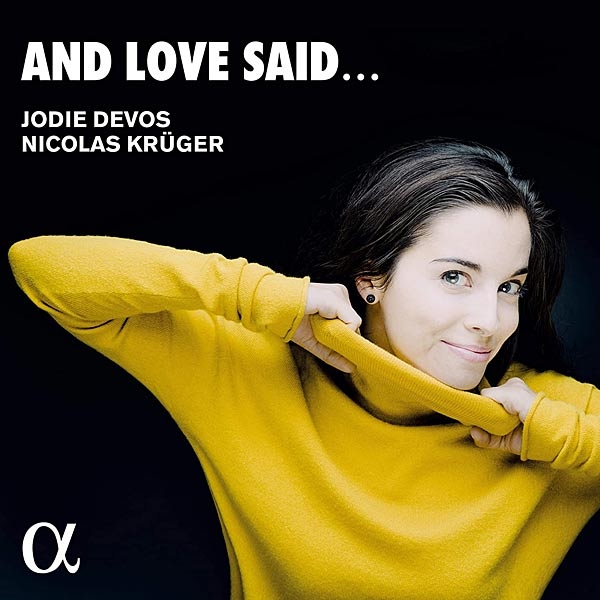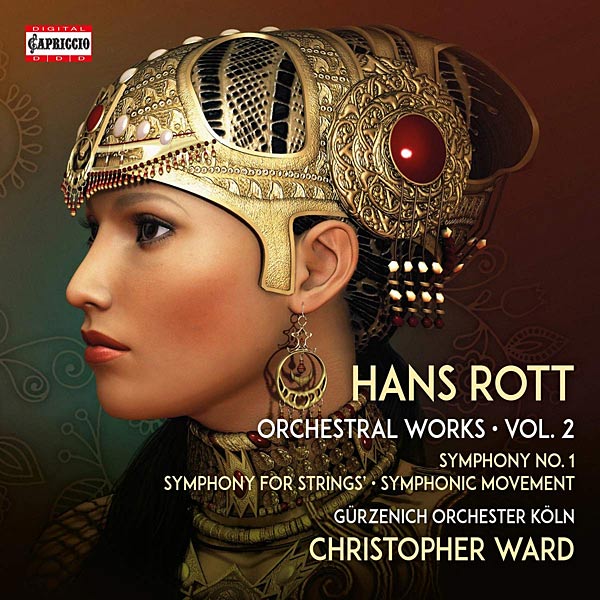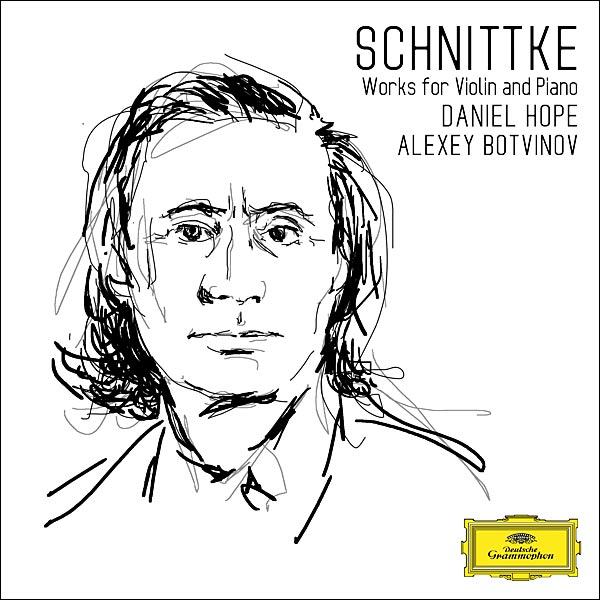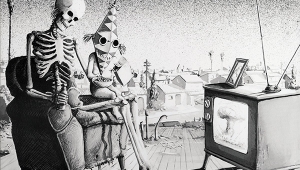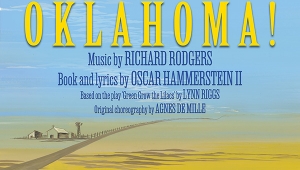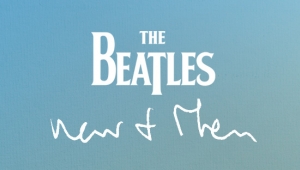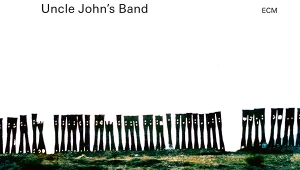| Columns Retired Columns & Blogs |
I downloaded the 2496 version from the site and there is no mistaking that she has a wonderful operatic voice. I'm sure to see her in person would be a real treat.
My issue is that there needs to be changes in style of vocal expression going from opera to more standards fare. I am thinking of Diana Krall trying to sing in an operatic style as opposed to her wonderful CDs of Great American Songbook material.
Here is seems Ms. Devos stayed in her opera style to sing these songs and it may take me a while to get use to her interpretation of them. It is probably me that is the one that needs to adjust. She has a wonderful voice.
The recordings in 2496 are excellent off of the Presto Music website with a catalog number of Alpha668.
